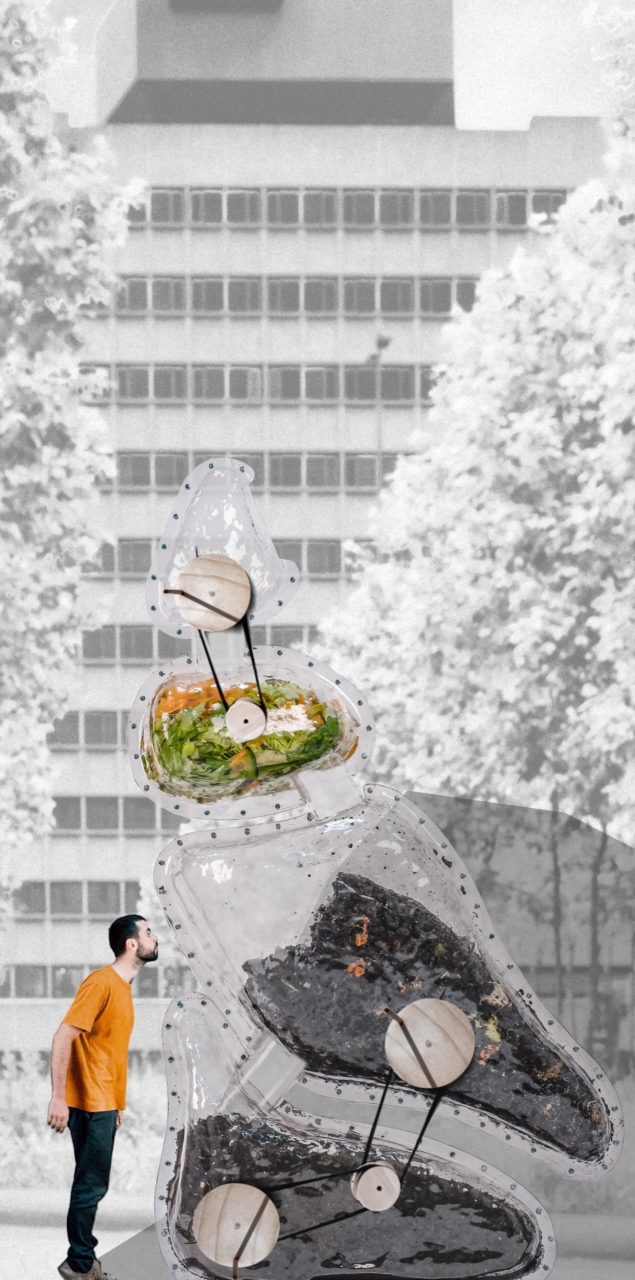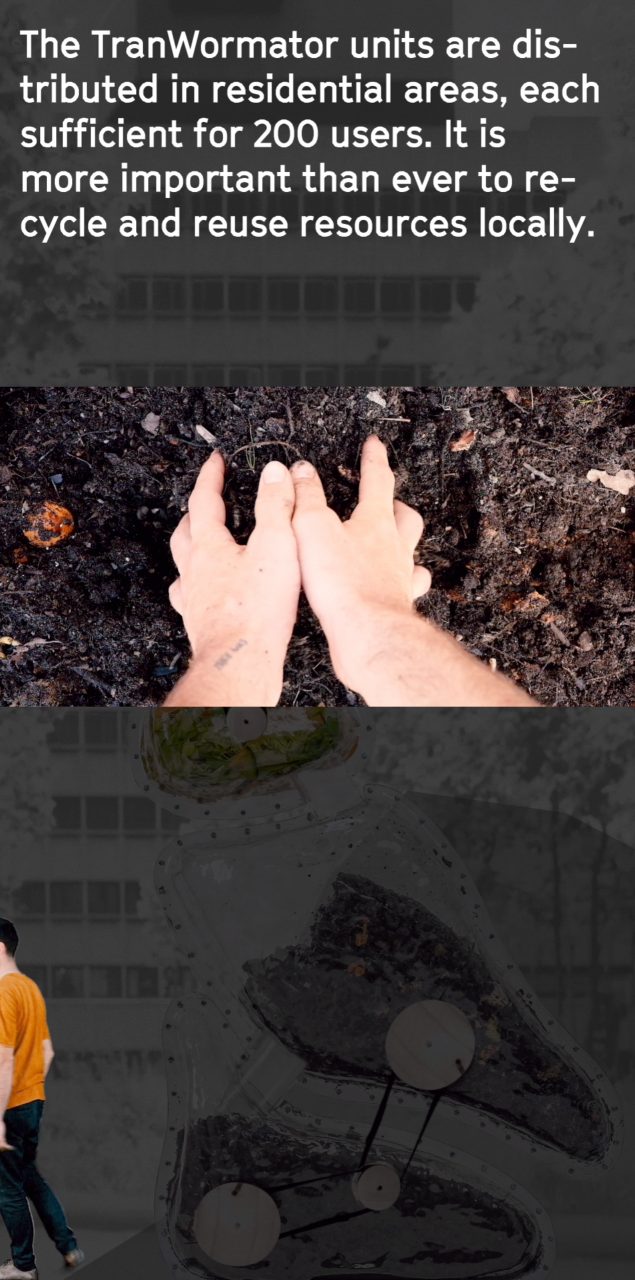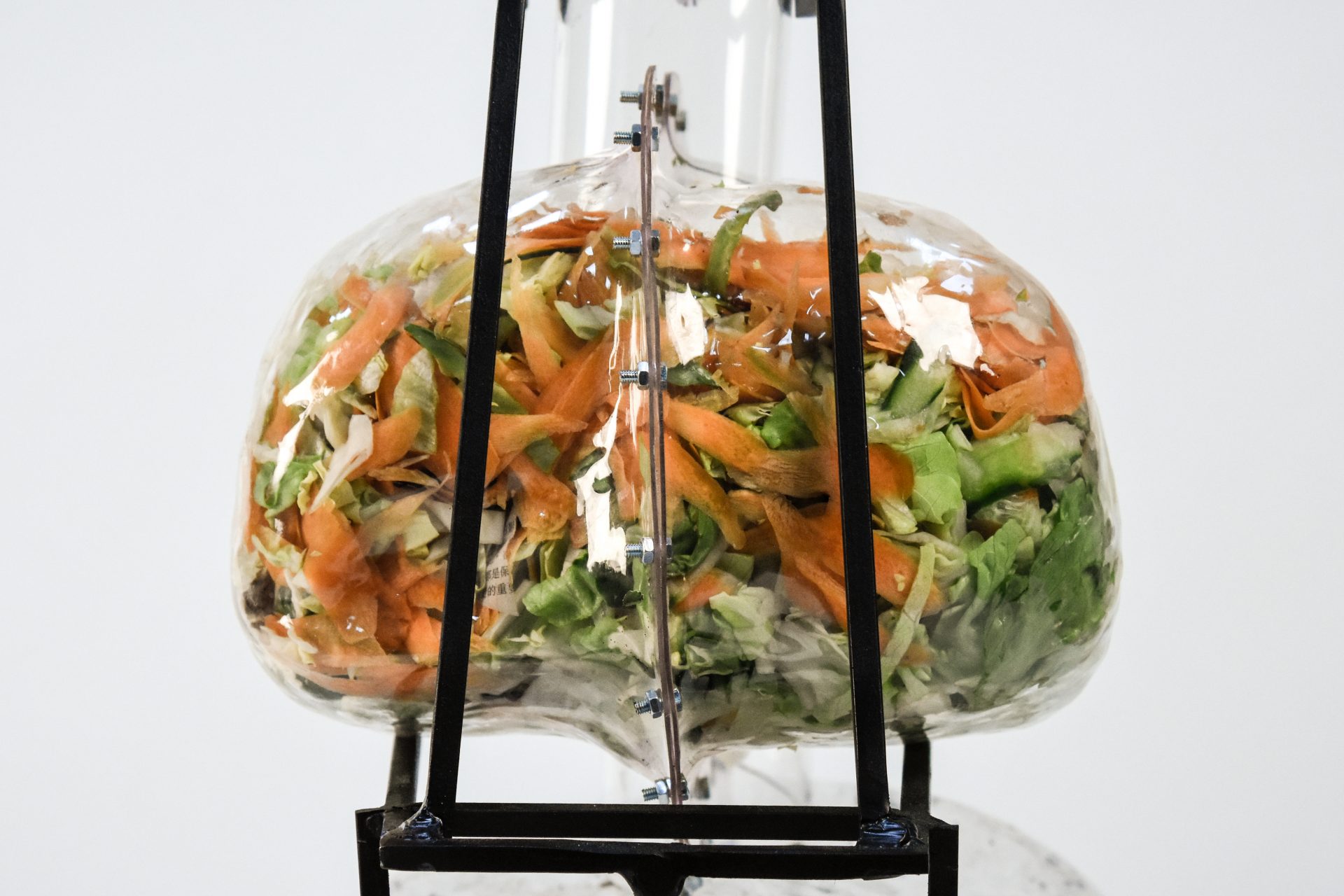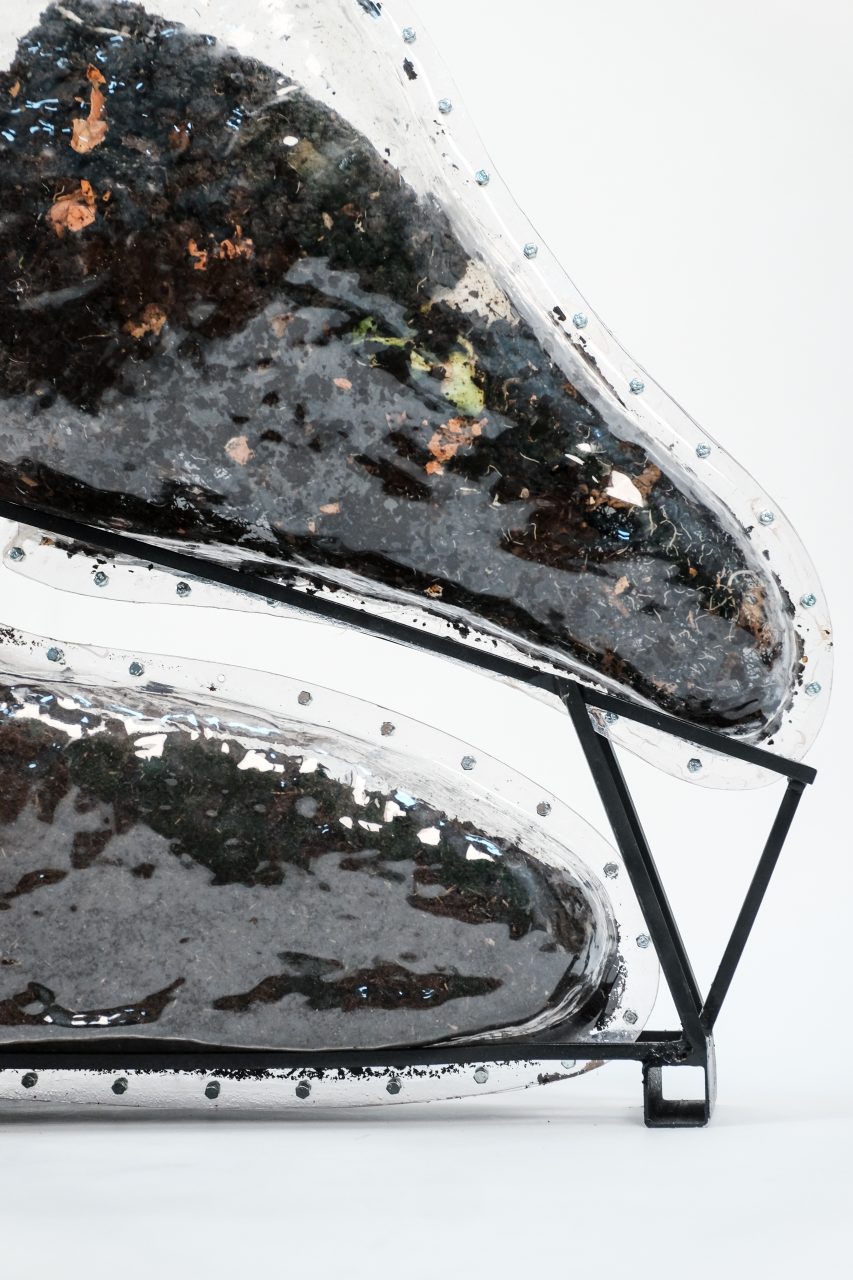
TransWormator
Communal waste processor with worms for decentralized resource transformation.
TransWormator
Communal waste processor with worms for decentralized resource transformation.
It is the year 2030.
The 2021 ban of single-use plastics flooded the market with biodegradable replacement materials. Thanks to the EU Plastic Strategy, by now the amount of plastic waste has reduced.
Instead, biodegradable materials are being produced. This creates challenges concerning the insufficient infrastructure, systems, and logistics to recycle this vast amount of organic waste.
It is the year 2030.
The 2021 ban of single-use plastics flooded the market with biodegradable replacement materials. Thanks to the EU Plastic Strategy, by now the amount of plastic waste has reduced.
Instead, biodegradable materials are being produced. This creates challenges concerning the insufficient infrastructure, systems, and logistics to recycle this vast amount of organic waste.




The TransWormator is a recycling unit for residential areas. The system produces fertile grounds and worms with locally sourced organic waste.
Citizens can access the compost to dispose of their biodegradable waste. In return, they are free to harvest soil, fertilizer and living worms.
The TransWormator is a recycling unit for residential areas. The system produces fertile grounds and worms with locally sourced organic waste.
Citizens can access the compost to dispose of their biodegradable waste. In return, they are free to harvest soil, fertilizer and living worms.
Since 2019, the shift to biodegradable material alternatives resulted in a significant surplus of organic household waste. On average, every person produces 110kg of organic waste per year, an 8% increase since 2019.




The TransWormator is a system connected to its environment. It allows excess worms and compost to exit the system, thereby shaping the urban environment and embedding itself into a living ecosystem. Over time, excess organics and worm population will form a hill.
The TransWormator is a system connected to its environment. It allows excess worms and compost to exit the system, thereby shaping the urban environment and embedding itself into a living ecosystem. Over time, excess organics and worm population will form a hill.
The system sustains 25kg or 50 000 worms, transforming their own body weight every day. To fully break down any organic waste it takes only 3 months. The system transforms waste into valuable resources, namely nutritious grounds, liquid fertilizer, and living worms. It democratizes the waste stream by making it accessible and usable.
The worm population doubles every 10 weeks, allowing a daily worm harvest of 400g or 800 worms. Worms can be consumed, they are an alternative source of protein with a protein content of 60%.
The system sustains 25kg or 50 000 worms, transforming their own body weight every day. To fully break down any organic waste it takes only 3 months. The system transforms waste into valuable resources, namely nutritious grounds, liquid fertilizer, and living worms. It democratizes the waste stream by making it accessible and usable.
The worm population doubles every 10 weeks, allowing a daily worm harvest of 400g or 800 worms. Worms can be consumed, they are an alternative source of protein with a protein content of 60%.

